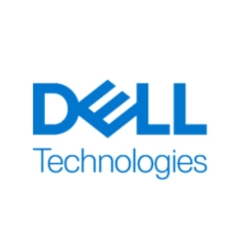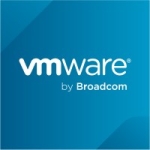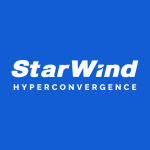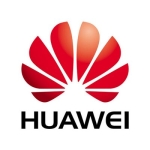What is our primary use case?
For small companies that want to have several nodes and a lot of computing with a small amount of storage for databases and SQLs, this solution works well. They can use it to replicate the data.
What is most valuable?
The solution's most valuable aspect is a combination of a few things. It's fairly scalable, for example. It has a lot of performance-inspired management tools. They are very important to us to be able to manage and monitor the entire solution. VxRail has given us a lot of tools in a one-stop-shop environment.
The solution has been very stable so far.
The initial setup is very easy.
Technical support is great.
What needs improvement?
In the next release, maybe they could add in integration with the hyper-cloud so it will be easier to do the movement up and back to the cloud in order to scale in and scale out.
If I could have some kind of a container-based solution, I'd be happier. That way I would be able to run my containers, my Kubernetes, in that environment.
For how long have I used the solution?
I've been using the solution for about two years at this point.
What do I think about the stability of the solution?
The solution is very stable and the performance is good. There are no bugs or glitches. It's reliable. It doesn't crash or freeze.
What do I think about the scalability of the solution?
The product can scale very well. It's a notable aspect of the solution itself. If the company needs to expand, it can do so.
More than 200 customers are running on that solution.
How are customer service and technical support?
I've dealt with technical support. I'd give them a ten out of ten.
Which solution did I use previously and why did I switch?
I also have experience with Nutanix. I know all of these kinds of hyper-converged systems.
How was the initial setup?
The initial setup was not overly complex. It was very easy. I used a certified partner to do the installation.
It took less than a week and the system was up and running.
How much of a technical team is needed for deployment depends on the customer. That said if the team is about seven people they can run everything including security and the regulation and whatever we need to run the solution. In our case, there were seven engineers. One of them is the manager, and they all handled everything including networking, the system, and the protection.
What about the implementation team?
We ended up using a certified partner that helped us with the installation. While we used an integrator the first time, we can do it by ourselves now.
What's my experience with pricing, setup cost, and licensing?
We need to buy our license to renew it after a five-year period. The license is for five years.
Which other solutions did I evaluate?
We did a POC with Nutanix and with SimpliVity. We wanted to see how well they would suit our organizational requirements and only did small tests.
What other advice do I have?
We're customers and end-users.
I'd rate the solution at an eight out of ten. We've been happy with its capabilities.
I would recommend the solution to other users and organizations.
Which deployment model are you using for this solution?
On-premises
Disclosure: My company does not have a business relationship with this vendor other than being a customer.














